
News Highlights
- Russian President Vladimir Putin has revised Russia’s nuclear doctrine, addressing scenarios involving attacks by non-nuclear states supported by nuclear powers.
- The revision follows US President Joe Biden’s decision to allow Ukraine to use Western long-range missiles to target Russian territory.
- Kremlin considers this move a provocation, but Donald Trump, the US President-elect, has hinted at reversing Biden’s decision.
Could This Trigger a Nuclear Standoff?
What happens when nuclear doctrines shift? Putin’s revised policy blurs the lines between conventional warfare and nuclear response, as it equates an attack by a non-nuclear state, supported by a nuclear ally, to an assault by both countries. This suggests that if Ukraine strikes Russia using US-authorized missiles, it might be perceived as a direct attack by the US, opening the door for a nuclear counter-response.
While Ukraine’s potential targets, like the Kursk region, are not as sensitive as Moscow, Russia sees Biden’s authorization as an alarming escalation. This raises fears of heightened tensions spiraling into a larger conflict.
Trump’s Role in the Conflict
Donald Trump, the incoming US president, has criticized Biden’s approach and promises a swift resolution to the Russia-Ukraine conflict. His campaign rhetoric about solving the crisis “in 24 hours” suggests a significant policy shift. If Trump reverses Biden’s missile authorization, it could de-escalate tensions or bring new dynamics to the ongoing conflict.
Conclusion: A Precarious Balance of Power
Putin’s revised doctrine signals that nuclear weapons could be an option if Ukraine uses US-backed long-range missiles. This development raises global security concerns and highlights the fragility of peace in the region. The next moves by both Russia and the US, particularly under Trump’s leadership, will be crucial in determining whether tensions ease or the world inches closer to a nuclear standoff.

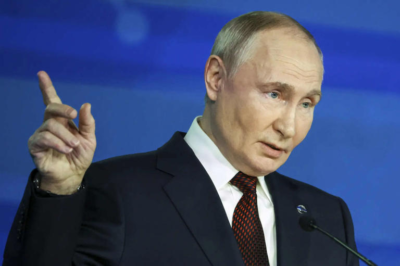









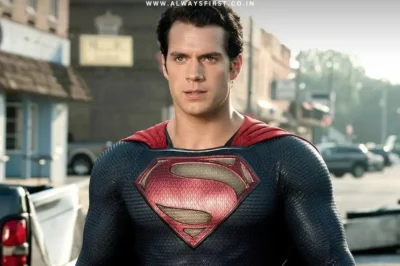








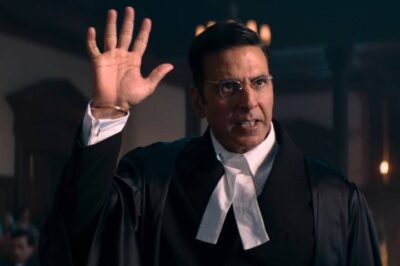


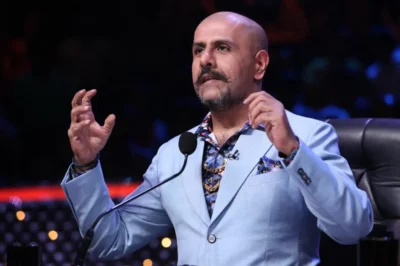

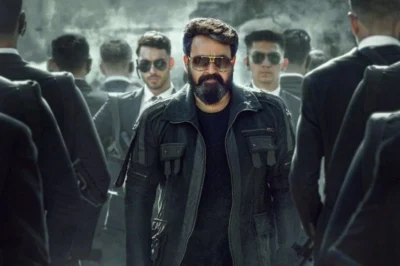



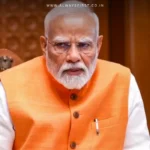

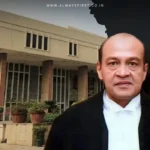

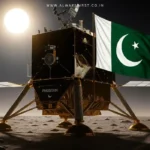


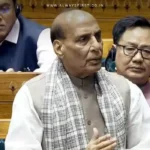

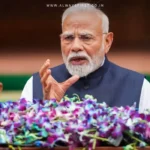


Leave a Reply